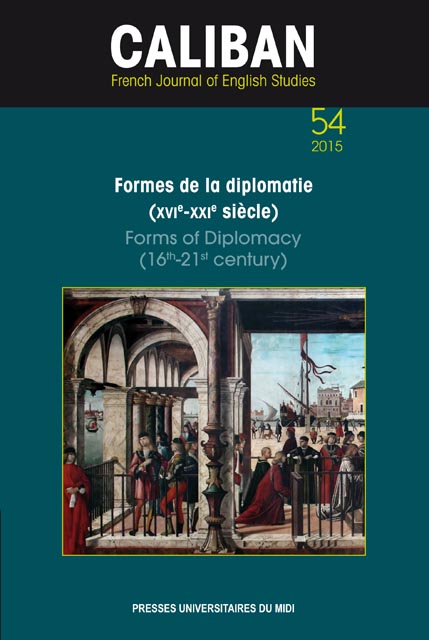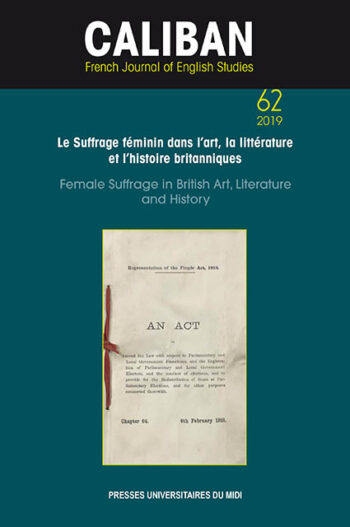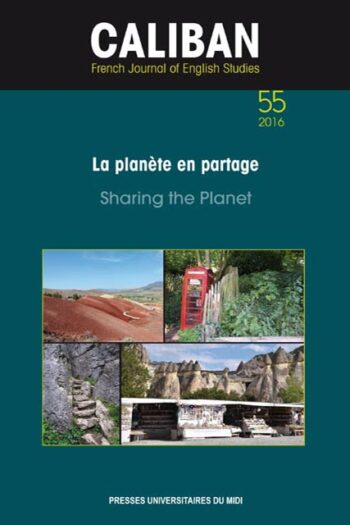Formes de la diplomatie (XVIe-XXIe siècle)
Ce volume se penche sur l’évolution des formes théoriques et pratiques de la diplomatie politique, économique et culturelle depuis la première modernité. Il met la diplomatie classique en perspective en analysant les formes marginales, alternatives et innovantes de la diplomatie d’hier et d’aujourd’hui. L’utilisation et la théorisation de la diplomatie culturelle (soft power) et de la diplomatie commerciale font l’objet d’une étude critique de la part de chercheurs en histoire, en littérature et en linguistique. Les chapitres, en anglais et en français, de ce volume replacent la diplomatie gouvernementale dans le contexte de l’action diplomatique d’acteurs non gouvernementaux. Par ailleurs, le volume s’attache à étudier l’influence et l’action de figures diplomatiques officielles et non officielles, réelles et fictionnelles, de façon à approfondir notre connaissance de la rhétorique et de la sémiotique accompagnant les pratiques diplomatiques.
Forms of Diplomacy (16th-21st century)
This volume analyses the changing theoretical and practical forms of political, economic and cultural diplomacy from the early modern era to the questioning of the Westphalian system in the 20th and the 21st centuries. It contrasts mainstream diplomacy and marginal or alternative forms of diplomacy. The use and the theorization of cultural diplomacy (soft power) and of commercial diplomacy are questioned by leading experts in history, literature and linguistics. Essays in English and in French pit the hard power of government-to-government diplomacy against other levels of diplomatic undertakings involving nongovernmental stakeholders. In addition, this volume studies official and nonofficial diplomatic figures, real and fictional ambassadors, which allows us to consider the linguistic and stylistic features of the diplomatic rhetoric and practice. The essays also explore the role of art, literature and culture as diplomatic instruments and the artist as diplomat as new analytical tools in the study of diplomacy.





